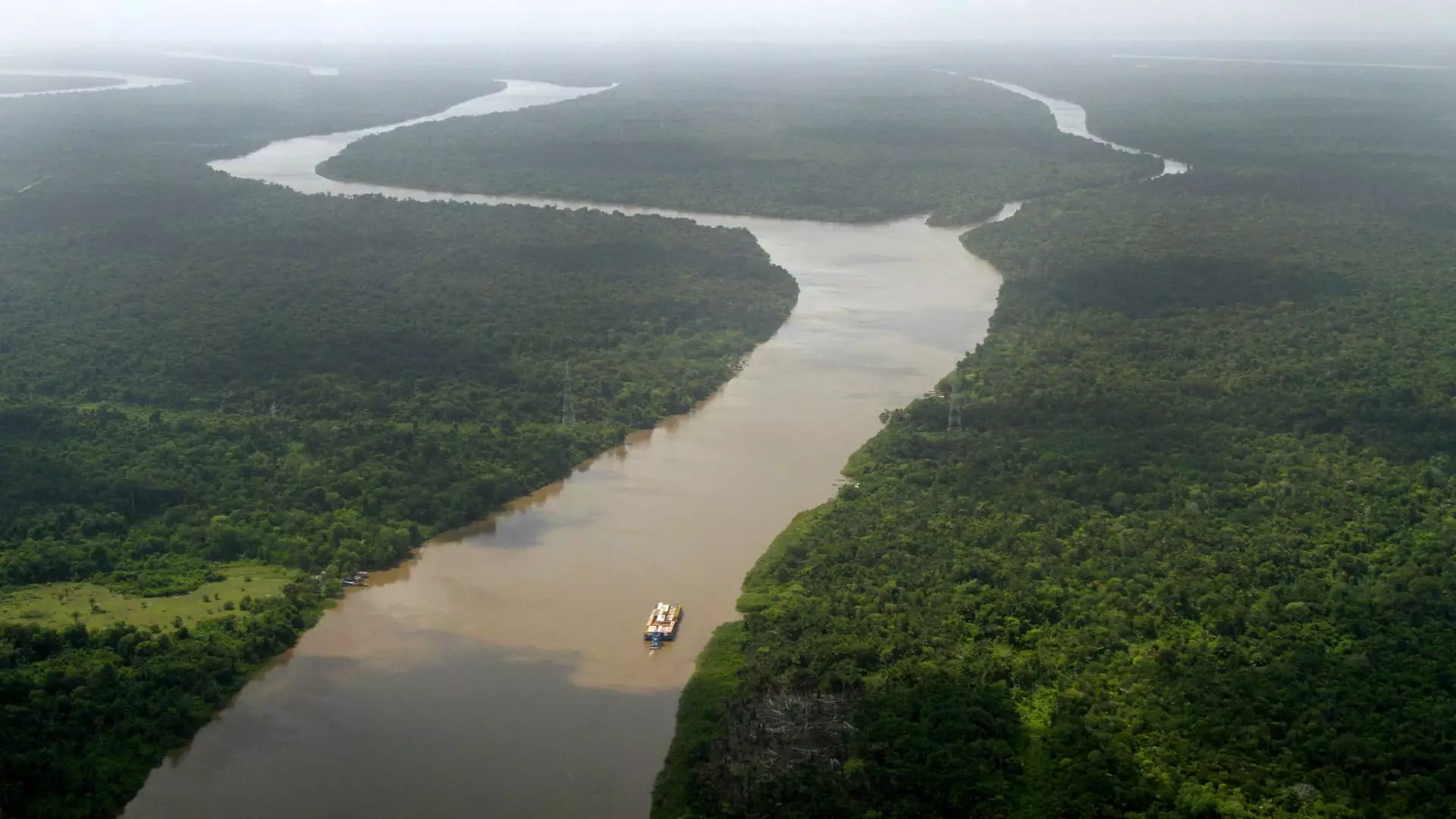The Amazon, holding a significant portion of the world’s fresh water, is currently experiencing the onset of the dry season. With many rivers already at critically low levels, governments in the region are preparing contingency measures to address a range of issues. The technical note issued by the Amazon Cooperation Treaty Organization highlighted that the Amazon Basin is undergoing one of its most severe droughts in recent years, affecting several member countries including Bolivia, Brazil, Colombia, Ecuador, Guyana, Peru, Suriname, and Venezuela. Water levels in some rivers in the southwestern Amazon are at their lowest on record for this time of year.
Bolivia, Peru, and Brazil seem to be the most affected countries by the ongoing drought in the Amazon region. Brazil’s federal water agency has already declared a water shortage in two major basins, Madeira and Purus, which together cover an area nearly the size of Mexico. Acre state, facing an impending water shortage in its main city, has declared a state of emergency. Additionally, Amazonas state has taken precautionary measures in 20 of its 62 municipalities, earlier than in the previous year when the region experienced its worst drought on record, leading to various challenges including environmental and social impacts.
The decreasing water levels in rivers pose challenges to navigation, affecting transportation of goods and people. The Madeira River, a crucial tributary for transport of soybeans and fuel, has seen a significant decline in depth, impacting navigation and potentially affecting hydroelectric plant production. In addition, local communities are already feeling the strain of the drought. Farmers are finding it difficult to market their produce, leading to an increase in prices of essential food items such as cassava flour. The threat of fire is also looming large, with a drastic increase in the number of fires recorded in the region, with many being human-made for land management purposes.
The drought has had far-reaching consequences, with water supply shortages in capital cities and remote areas alike. Communities are relying on trucked-in water for survival, leading to concerns about food shortages and impacts on livelihoods. These extreme events are occurring consecutively, with severe flooding hitting the region just before the drought, further exacerbating the situation. The need for immediate action, resource mobilization, and federal aid is crucial to mitigate the impacts of the drought and prevent a humanitarian crisis in the Amazon region. As the situation continues to unfold, proactive measures and sustainable strategies are needed to ensure the resilience of the Amazon ecosystem and its inhabitants in the face of such environmental challenges.


Leave a Reply